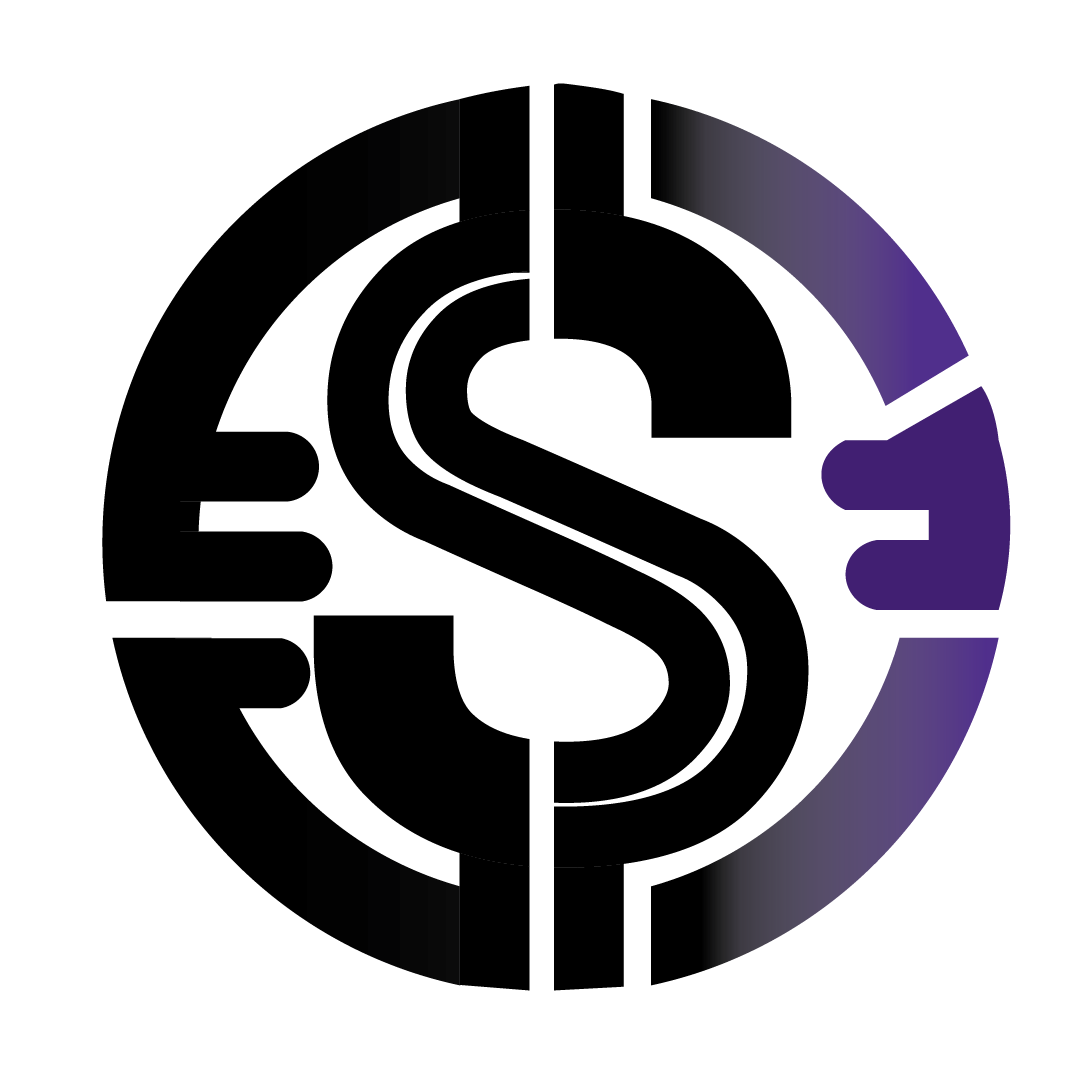In the world of mortgage lending, the collection of overdue payments is a critical aspect of maintaining financial stability and ensuring the success of lending institutions. This article explores the strategies and recovery systems employed by mortgage lenders to recover company funds from delinquent borrowers. By understanding the key takeaways from each phase of the recovery process, lenders can effectively navigate the challenges associated with overdue payments and make informed decisions to protect their financial interests.
Key Takeaways
- Prompt and thorough investigation of debtor’s assets is crucial for determining the likelihood of recovery.
- Consider the option of legal action carefully, weighing the costs and potential outcomes.
- Upfront legal costs for litigation may vary depending on the debtor’s jurisdiction.
- Collection rates are tailored based on the number of claims submitted and the age of the accounts.
- Utilize a phased approach to recovery, including initial recovery steps, legal action, and recommendations for closure or litigation.
Recovery System for Company Funds
Phase One: Initial Recovery Steps
Upon account placement, immediate action is taken to initiate the recovery process. Within the first 24 hours, a series of escalating steps are employed:
- A letter is dispatched to the debtor via US Mail.
- Comprehensive skip-tracing and investigation are conducted to secure optimal financial and contact data.
- Persistent contact attempts are made through phone calls, emails, text messages, and faxes.
Daily efforts to reach a resolution continue for 30 to 60 days. Failure to settle the account propels the case into Phase Two, involving legal counsel within the debtor’s locale.
Phase Two: Legal Action and Attorney Involvement
When internal recovery efforts falter, the legal phase commences. Attorney intervention escalates the seriousness of the situation for the debtor. Here’s what to expect:
- The attorney drafts a demand letter, leveraging the weight of legal letterhead.
- Persistent contact attempts via phone complement the written demands.
- If these efforts don’t yield results, a detailed analysis of the case is provided, outlining potential next steps.
Deciding to litigate is a significant step. It involves upfront costs, including court and filing fees, typically ranging from $600 to $700. These costs are necessary to initiate legal proceedings and attempt to recover the debt in full.
Should litigation proceed without success, the case concludes with no additional fees owed to the firm or attorney. This ensures a clear understanding of the financial implications before moving forward.
Phase Three: Recommendations and Costs
Upon reaching Phase Three, our firm provides clear-cut guidance. If recovery seems unlikely, we advise case closure, incurring no fees. Conversely, if litigation appears viable, a pivotal decision awaits. Opting out means no charges; continuing without legal action involves standard collection tactics.
Choosing litigation necessitates upfront legal costs, typically $600-$700, based on the debtor’s location. These fees empower our attorney to pursue all owed monies. Failure to collect post-litigation results in case closure with no further obligations.
Our fee structure is competitive and varies with claim volume and age. The more claims within the first week, the lower the percentage on collections.
Here’s a snapshot of our rates:
-
For 1-9 claims:
- Under 1 year: 30%
- Over 1 year: 40%
- Under $1000: 50%
- With attorney: 50%
-
For 10+ claims:
- Under 1 year: 27%
- Over 1 year: 35%
- Under $1000: 40%
- With attorney: 50%
In summary, our recommendations are tailored to maximize recovery while minimizing costs. The choice to proceed with litigation or not is yours, with transparent costs and no hidden fees.
Frequently Asked Questions
What is the Recovery System for Company Funds?
The Recovery System for Company Funds is a 3-phase system designed to recover company funds from debtors. It includes initial recovery steps, legal action and attorney involvement, and recommendations and costs.
What happens if recovery is not likely after thorough investigation?
If recovery is not likely after a thorough investigation, the case will be recommended for closure. In this scenario, there will be no obligation to pay the firm or affiliated attorney for the results.
What are the options if litigation is recommended?
If litigation is recommended, the client has the option to proceed with legal action by paying upfront legal costs such as court fees. Alternatively, the client may choose not to proceed with legal action and owe nothing to the firm or affiliated attorney.
What are the rates for collection activities?
The rates for collection activities depend on the number of claims submitted and the age and amount of the accounts. Rates range from 27% to 50% of the amount collected, with variations based on account age and placement with an attorney.
What are the steps involved in Phase One of the Recovery System?
Phase One involves sending letters to the debtor, skip-tracing and investigation, and attempts to contact the debtor for resolution. If all attempts fail, the case is forwarded to an affiliated attorney within the debtor’s jurisdiction.
What happens in Phase Two of the Recovery System?
In Phase Two, the case is sent to a local attorney who will draft letters and attempt to contact the debtor. If all attempts to reach a conclusion fail, the client will receive a letter explaining the issues and recommendations for the next step.

